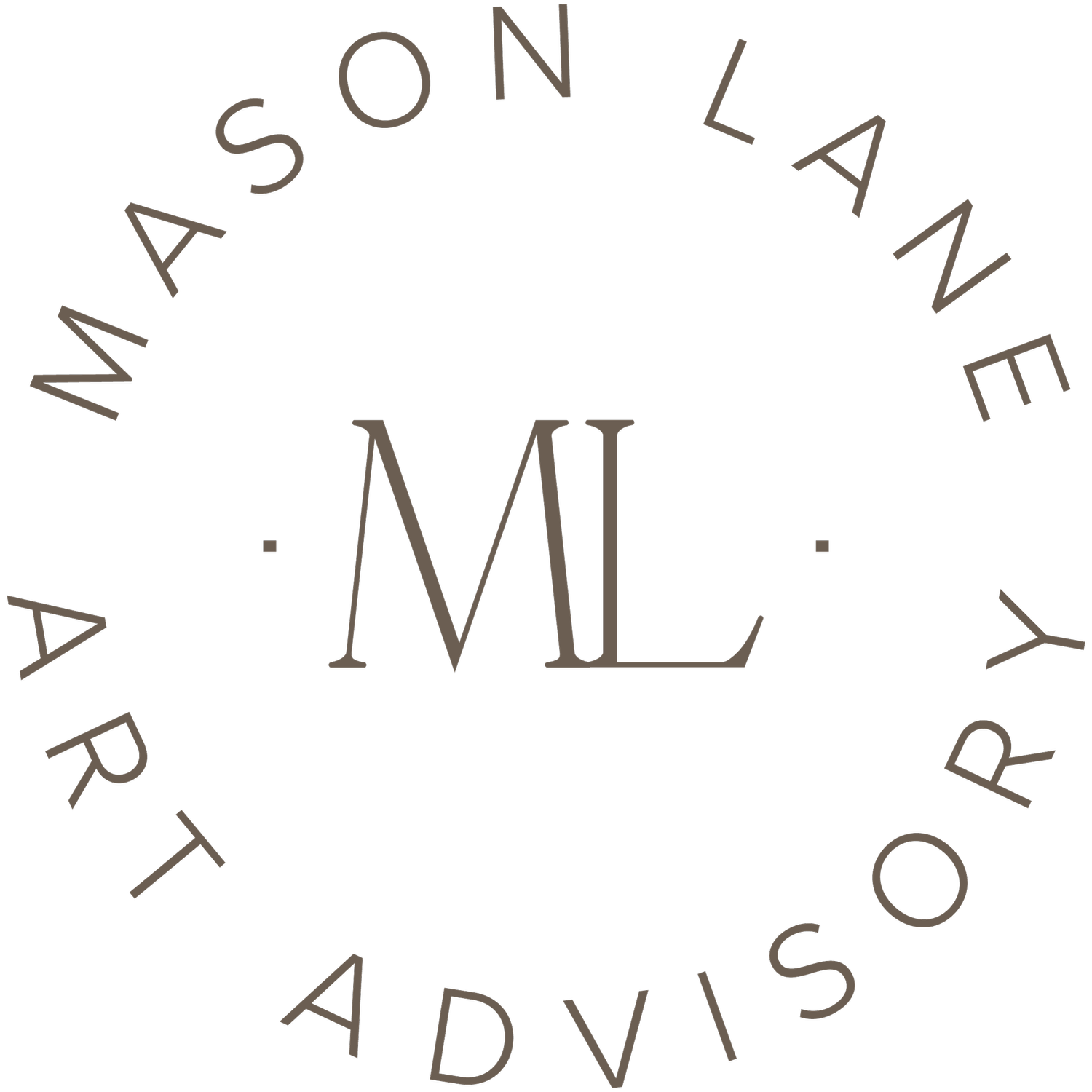Thoughts on Conceptual Art
As art advisors we see a wide variety of art from the pretty landscape to the banana peels on a floor with a man dressed in a banana suit in the middle of it all. No joke, we literally saw this at a gally show once. One common question about conceptual art that is often labeled as “weird”, “out there” or “avant guard” is: why? Why is it created and shown in high end galleries? Why do you take time to see it? If you would never actually buy it, or even if you couldn’t, such as Leandro Erlich’s sandcastle traffic jam, who does?
Importantly, conceptual art serves the same purpose as much collectible art does - it is the product of an artist’s self expression through visual material, and an opportunity for a viewer to consider those expressed thoughts. Sometimes the thoughts are super clear - like a Nina Chanel Abney that shares her impression of the Black experience - and other times, they are not, as is the case with the Banana Art. Either way, however, art enables a new kind of thinking for an artist and viewer, and good art stretches that thinking further away from one’s comfort zone, whether it’s about experiences, artistic techniques, personal memories, escapist moments, and more.
If we, as art advisors, work to discover and identify art that our clients may want to acquire, what do we get from proactively going to galleries to see the more conceptual art? Well first, gaining an understanding of how artists’ practices develop and the contemporary art market as a whole enables us to provide sound advice to our clients, regardless of where in the market they are buying, and speak from a more academic perspective about art. Additionally, when seeing which artists get real estate in top galleries, we can better assess the career trajectory of other artists, and in turn, deepen our knowledge of pricing and value. Finally, seeing how this type of work is shown and learning what prompts artists to create it simply stretches our creativity when considering various client projects.
To wrap this up, let’s share a little about who is buying this work, often priced in the 6 digits at the blue chip galleries, if it’s not widely considered “collective”? Museums. And if museums are not buying it, these seemingly out-there shows are often getting the attention of various museums, other galleries, and key publications that lays the foundation for artists’ works to be acquired by museums in the future. Once that happens, the artists’ career takes a giant leap forward and they are likely to gain more exposure and recognition going forward. Beyond that, a lot of this conceptual art is impressionable, and many times that is a huge win for the artist; I saw the banana art no less than 10 years ago and am still talking about it today. It may have been bizarre, but it was certainly memorable, and the more art we see - bananas and beyond, the better we are at understanding the possibilities for our clients and recommending the very best for them.

